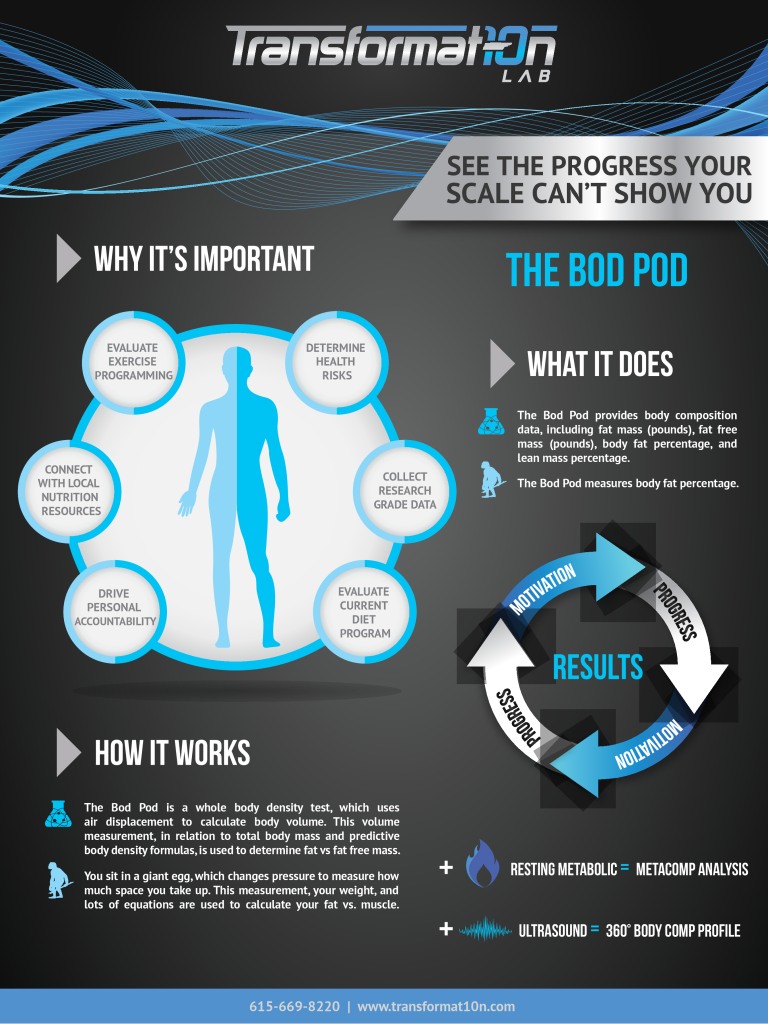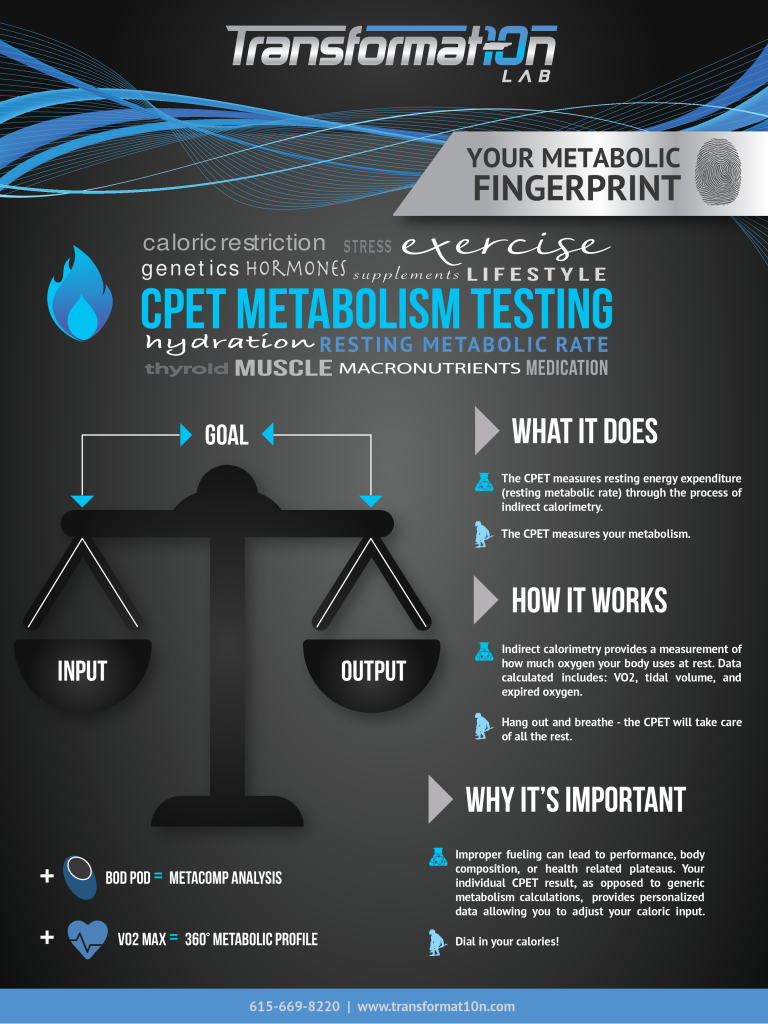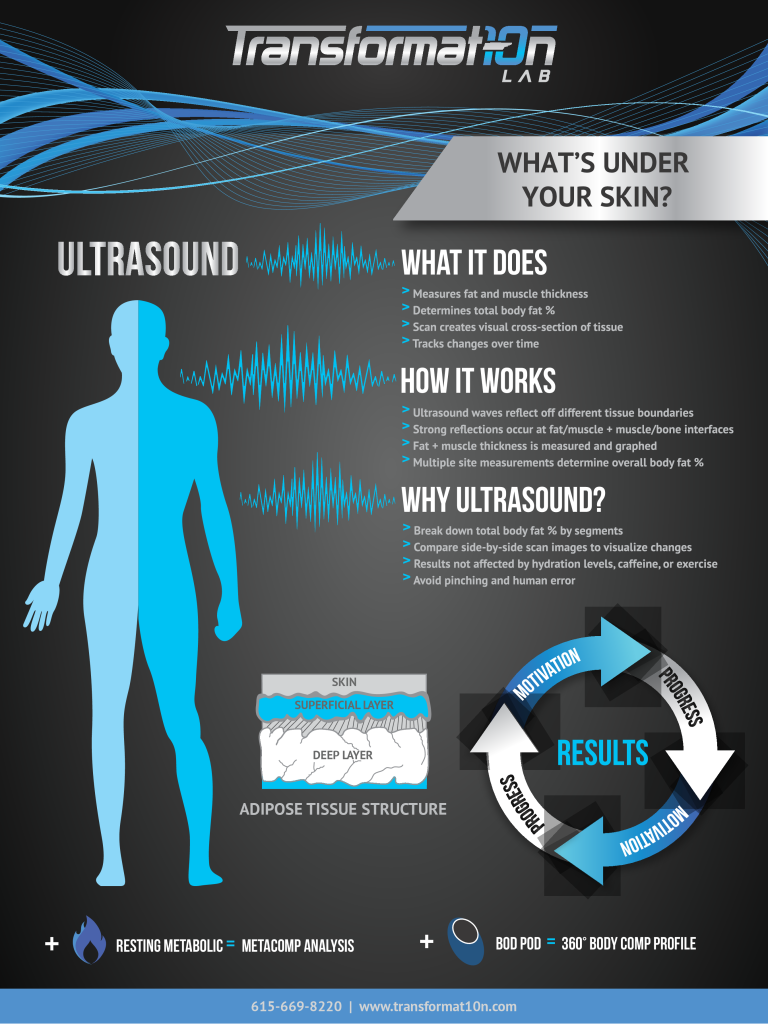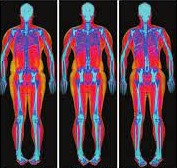The Week Four Blues
Weight loss has slowed down (or seemingly stopped)
Week 1, five pounds down. Week 2, three more pounds down. Week 3, another three pounds! Week 4, the scale doesn’t budge. Week 5, UP one pound?!?!
There’s two ways to look at the above scenario. On one hand, it may seem like progress has stalled given that there was no weight lost in week four and weight actually increased week five. On the other hand, this individual is down ten pounds in five weeks – which is arguably as good, if not better, than could be drawn up for a fat loss goal under perfectly ideal circumstances.
Here’s my advice: Don’t be the person in the scenario above that scraps their diet or nutrition approach after five weeks because it seems like you aren’t progressing. Give yourself at least two more weeks. It’s very possible you are experiencing a minor weight fluctuation. It’s also possible that the rapid weight loss experienced in weeks 1-3 set up unrealistic expectations for the weeks to follow. If three more weeks pass and the scale hasn’t budged it may be worth considering some adjustments, but most of the time clients in this scenario will see the downward trend resume – just a bit slower than it was in the beginning weeks.
Tips if this is you:
- Calibrate your expectations: Mathematically, the only way to see greater than two pounds per week fat loss (following the initial 2-3 “diet honeymoon” weeks) would be to maintain a minimum of a 1,000 calorie per day deficit. That’s not only difficult to sustain for anyone, it’s flat out unrealistic for virtually everyone under 200 pounds who is exercising regularly. Losing — or gaining, if that’s your target — anywhere between .5 lbs and 1.5 lbs per week is AWESOME progress. Keep in mind, due to weight fluctuations (see below), it may not even show up at every weekly weigh in. Patience is not only a virtue, it’s a requirement when it comes to body composition change.
- Understand that your weight will fluctuate: Even if you are taking your weight at the same time of the day, your body will be subject to differences in fluids, glycogen retention, inflammation, etc. Potentially, this means a 1-3% variation in body weight that has absolutely nothing to do with fat mass or dry skeletal muscle mass. This is especially true if you are following a lower carb plan and indulge in a higher carb meal or dinner out. Trust me, unless you ate 10,000 calories at last night’s dinner, the two additional pounds the scale shows this morning are A) not body fat and B) not going to turn into body fat.
- Give yourself three more weeks: If you are feeling good, improving on your workouts, and enjoying the process, but the scale isn’t moving — hang in there and keep working. Midpoint tests are only a few weeks away and it’s easy enough to make adjustments once we have those numbers. You may even surprise yourself!
My nutrition plan feels bland, stale, and boring
Dang, it’s chicken, rice, and broccoli again?! My wife is incredible – she can eat bland food all day, every day, and it doesn’t bother her one bit. For me and 95% of the clients I see, bland food can’t be the normal, otherwise eating healthy will quickly become abnormal.
Tips if this is you:
- Seek out “low-impact” seasonings/condiments: The boom in nutrition awareness and healthy eating has some perks. One of these is the availability of a new wave of seasonings, sauces, and condiments that provide a splash of flavor without sabotaging your macros or your gut. Two of my favorites from Nutrition Faktory are Flavor God seasonings and Six Pack Fitness hot sauces.
- Buy a healthy cookbook: If you aren’t the creative type, or just prefer to leave the trial and error to others, there is a huge list of cookbooks. RP Cookbooks are my winner for ease of prep and variety of foods, but there are an endless number of options out there.
- Put on your creative hat: I had a client the other day that was really struggling to get protein in during her breakfast meal. She wanted to do eggs/egg whites, but just couldn’t stomach them every morning given the amount of protein she was targeting that meal. After a brief discussion around subbing in an alternative protein source, she decided she really wanted to make the eggs work. I told her to take the next week to brainstorm and figure out what type of egg recipes she could make that she would really look forward to. A few weeks later, I got this e-mail: “I started turkey pepperoni in my eggs and it’s delicious! It also adds another 6 grams of protein, which is a huge plus.”
Sometimes all it takes is a problem-solving spirit and a bit of adventure to make this healthy eating thing something we can really enjoy.
I’m hungry all the time
Let’s start by acknowledging that eating at a calorie deficit WILL cause you to feel hungry at times. Our bodies are pretty good at self-regulating and they will notice when we don’t give them as much energy intake as the energy they are outputting. It’s a natural physiological response to feel an increase in hunger.
With that being said, if you are starving ALL the time or feeling the need to binge often, you are creating a ticking time-bomb in which even the most mentally strong individuals will eventually break. Run through the checkpoints below and message us if you feel like you have these down but are still struggling with frequent hunger strikes.
Tips if this is you:
- Check your total calorie intake: Take at least one day and track your calories in MyFitnessPal, Cronometer, or a similar calorie tracking app (how convenient mini-challenge #2!). If you are starving and at a greater than 20-25% deficit, consider closing the gap a little bit and see what happens. You may find a 15% deficit is much more manageable and actually helps you on the muscle side – resulting in a similar body composition change at the end of the day.
- Check your protein intake: If you feel like your calories aren’t too far off, consider your protein intake. Protein is a very satiating nutrient, causing us to feel fuller longer than corresponding calorie amounts of carbohydrates and fat. If you aren’t getting at least 1-1.2 grams of protein per pound of body weight this can be an extremely effective adjustment to curb cravings. Using a slow release (casein-based) protein at night is also a quick, convenient, and effective way to combat the before bed snack attack.
I can’t get enough calories in.
Some may shake their head at this one, but many others know exactly what I am talking about. Regardless of goal, getting enough calories in within the context of a busy lifestyle can be a legitimate challenge.
Tips if this is you:
- Consider your output: Don’t forget, there are two sides to the energy equation. While we know the potential benefits of exercise, it’s also well established that more is not always better. Are those extra calorie burn sessions really worth it if they leave you at a huge calorie deficit that is sabotaging your daily energy and strength gains? Questions like these must be answered on an individual basis, but we can certainly run the numbers to help you decide.
- Utilize your post-workout window: With the demands of exercise creating an optimal environment for digestion and rapid replenishment, the post-workout window is a great opportunity to “sneak in” some additional fuel. Don’t be afraid to open up your selection and allow a few more calorie dense food choices in this window especially if you are training at a high intensity.
Sickness or Injury has me down and out [of the gym].
Not being able to exercise due to sickness or injury is no fun. Gym time can serve as a major stress reliever, a source of community, and a personal challenge to improve upon past results.
However, when it comes to body composition and specifically fat loss, all is not lost when taking time to heal and recover. Even though the body is no longer burning the additional calories due to exercise, our resting metabolic rate (RMR) and lifestyle (NEAT) components are still humming along. In fact, RMR can increase anywhere from 15-40% during periods of illness or major injury, which means your total calorie burn might not be as far behind as you’d expect.
Tips if this is you:
- Take time to rest and recover, but don’t fully abandon your nutrition approach. Often, lost gym time can be converted to a low intensity/low impact activity, mindful meditation, or meal prepping.
- Did you know you can actually use nutrition as a tool to speed healing? Check out this Nutrition for Injury Recovery series to learn the basics.
You don’t understand – my work schedule is crazy!
You are right, we don’t know what your work schedule or other life demands entail. Which means it’s important for anyone who is finding that the nutrition piece isn’t fitting with their lifestyle or work schedule to take a step back and take an honest assessment of these questions:
1. Am I in an unusually busy season, or is this the pace my life will be at for the foreseeable future?
2. Is the way I’m approaching nutrition now necessary in order to achieve my long-term goals?
3. Are there things I can do to simplify my nutrition approach so it will better fit my current scenario?
The old saying “I know what to do, I just don’t do it” should be a red flag. Many people understand nutrition concepts. Knowing what to do, is actually taking those concepts and applying them to your specific scenario, and set of goals, lifestyle, and routine in a way that you can be consistently successful.
Tips if this is you:
- Pare back the intricacy of your nutrition approach: If you are consistently finding yourself falling off plan or unable to maintain consistency, it might be time to make an adjustment. Utilize something more intuitive like the PN Hand Portion infographic to make sure you are getting a balanced plate each time you sit down to eat.
- Utilize a meal prep service: A healthy meal prep service can help take some of the food prep burden off you. Generally, the daily cost isn’t much more than self-prepping, and it may even save you expenses associated with eating out. Check out Munch Meals for a local option. Their breakfast, chicken, salmon, and steak bowls are delicious and extremely well priced.
Kurt Lockhart
CISSN, ACSM-CPT





